Reeve's Peeves and Obsessions
There is play and there is purposeful play. To be more specific, there is spontaneous play, team play, competitive play, self-competitive play, and noncompetitive play. There is also alongside play and opponent-based play requiring defeating rivals. Participants within the autism spectrum, others with physical or cognitive challenges, and various special populations often need to participate in individual or independent play. Play understood as “individualized” play, without offense, defense, or teams, in essence scores as purposeful.
Purposeful play is intended to achieve certain specifically designated intentions, which might include mainstreaming and integrating those with disabilities in sports and recreation and developing motor skills, physical coordination, and self-confidence. Playgrounds and play courts provided by the community in parks and recreation centers can provide for the socialization of community residents who meet and interact there. Even spontaneous unstructured play is purposeful since free play, by socializing and bonding with others, has purpose. That much is self-evident once considered.
But when a community plans the distribution of space and budget, purposeful play, especially addressing the children in need for noncompetitive recreation and the requirements of the differently abled, should, but do not, take priority. The other more conventional forms of play exclude far more than they include. They were never purposefully intended for integration and socialization of populations with special needs whose recreational needs are invariably and decidedly neglected. That neglect is reflected in the large number of body banging, fast-paced sports fields of play benefiting from the allocation of space, budgets, and attention, and the virtual nonexistence of self-competitive sports such as bowling, golf, and Bankshot sports.
Ball playing exclusionary sports, where play means defeating others, are many, but there are so very few self-competitive sports, such as Bankshot, developed intentionally for the purpose of play without opponents. Bankshot facilities provide sports that are played by participants alongside, not against, others thereby achieving total mix of a community. Total mix diversity constitutes a most worthy purpose for play.
In the Wall Street Journal (Saturday, April 4, 2015), the weekend interview was with Jean Vanier, the Canadian theologian and philosopher who founded the Ark, this year’s Templeton prize winner, talking about his life’s work of building communities for the disabled in a world “seeking perfect babies.” He says, “people with disabilities want to relate.” It makes “people who are closed up in the head become human.” He goes on to point out that “the great thing about people with intellectual disabilities is that they’re not people who discuss philosophy. What they want is fun and laughter, to do things together and fool around, and laughter is at the heart of community…It is to understand what it means to be human in all its imperfect forms, and to mark human dignity where it is least physically obvious.”
The Core Concept
In the recreation and sports facilities that communities provide, the core concept of universal design can best be achieved by alongside play where participation is not against opponents but played alongside others – characterized as self-competitive ballplaying sports. Success is measured by self-improvement. No rivals are necessary as seen in golf, bowling, and Bankshot sports newly created for that purpose. In these sports, it is not necessary to be defeating others to achieve excellence. Self-competitive recreation provides inclusion, integration, socialization, and a level playing field often understood as mainstreaming at adaptive sports facilities.
As opposed to programs which isolate, segregate, and provide virtually no drop-in spontaneous play, self-competitive sports do not require having to wait for a program next Thursday. They do not isolate or segregate. A family with a differently-abled member can drop-in any time.
We at the National Association for Recreational Equality (nareletsplayfair) refer to these inclusionary drop-in sports facilities like Bankshot as total mix diversity based on universal design. NARE teaches and advocates: play self-competitively alongside others. Be a sport. Participate. Move your body. Get in the spirit of alongside play. You don’t have to win to be a winner

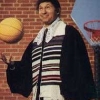
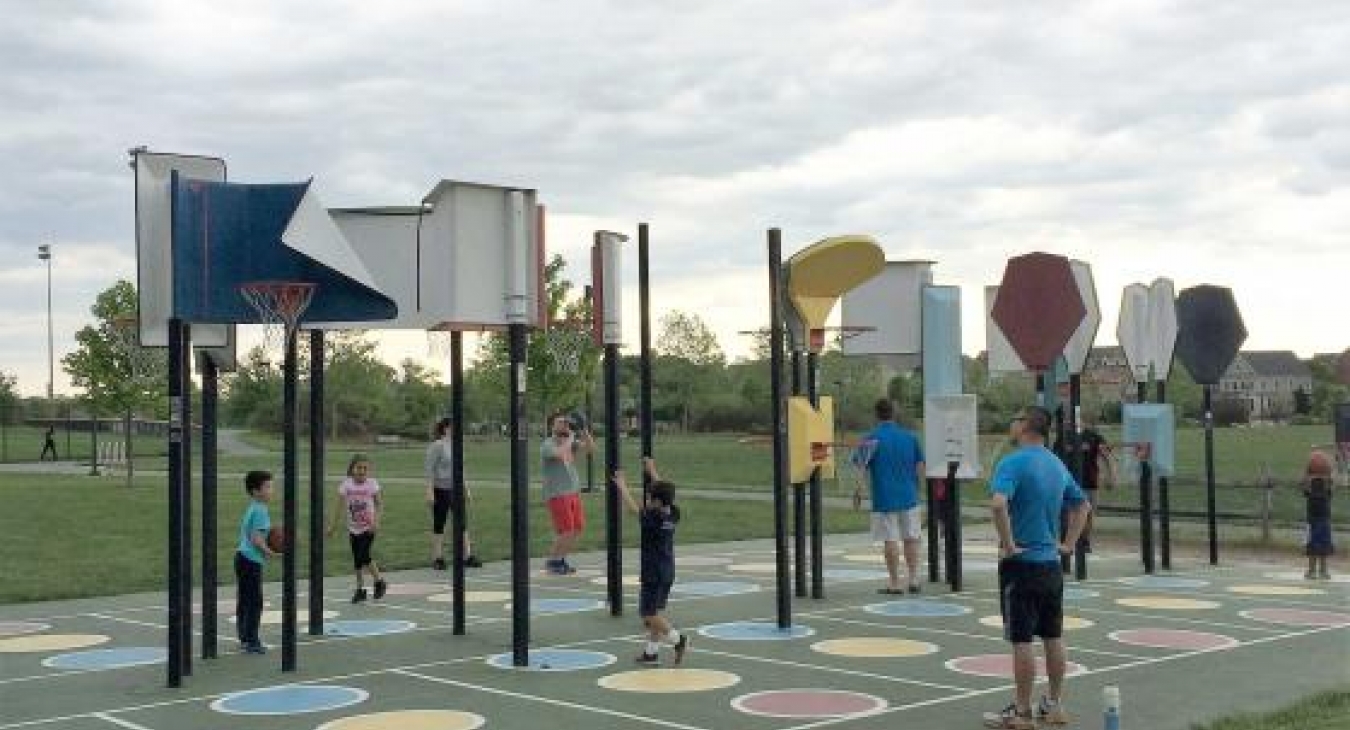

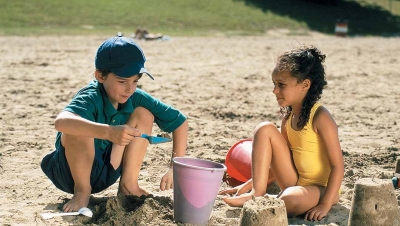
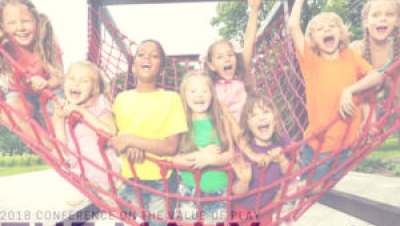





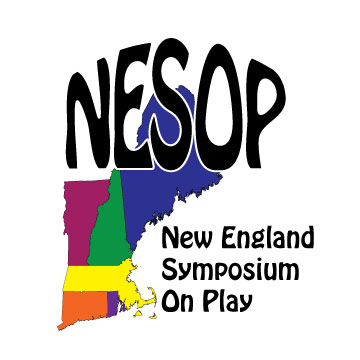
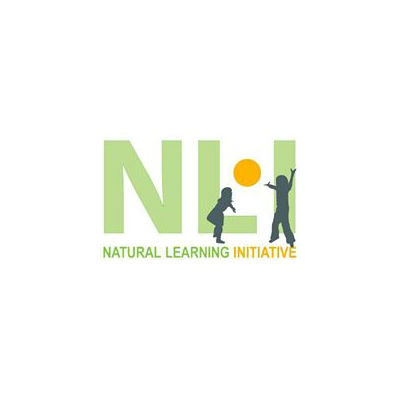
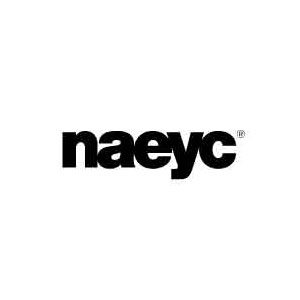

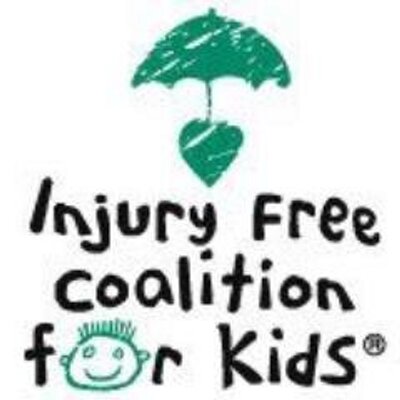
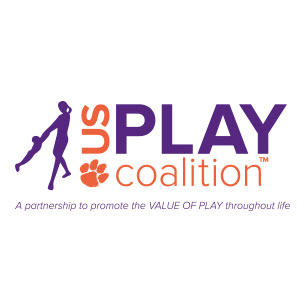



Add new comment